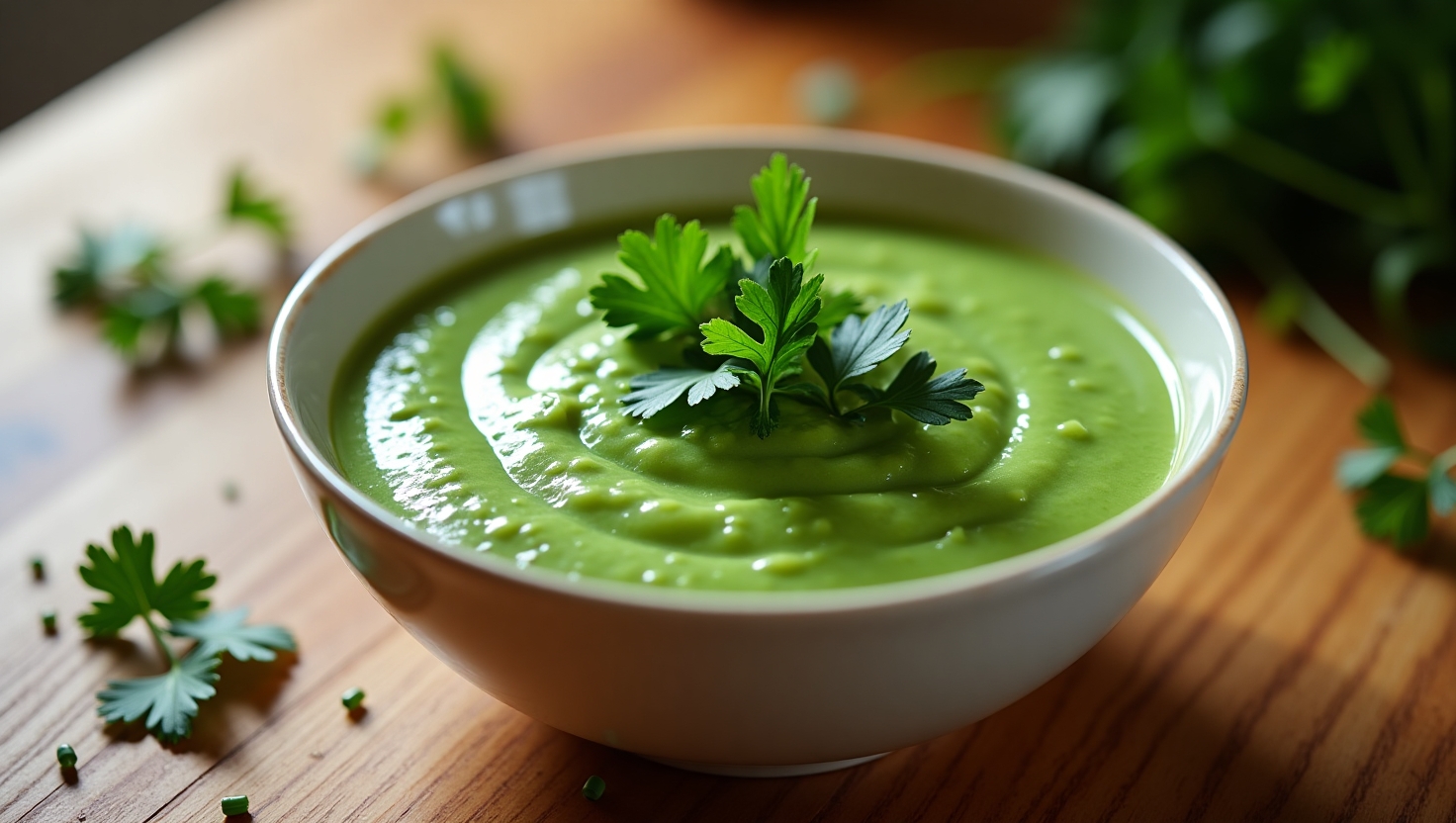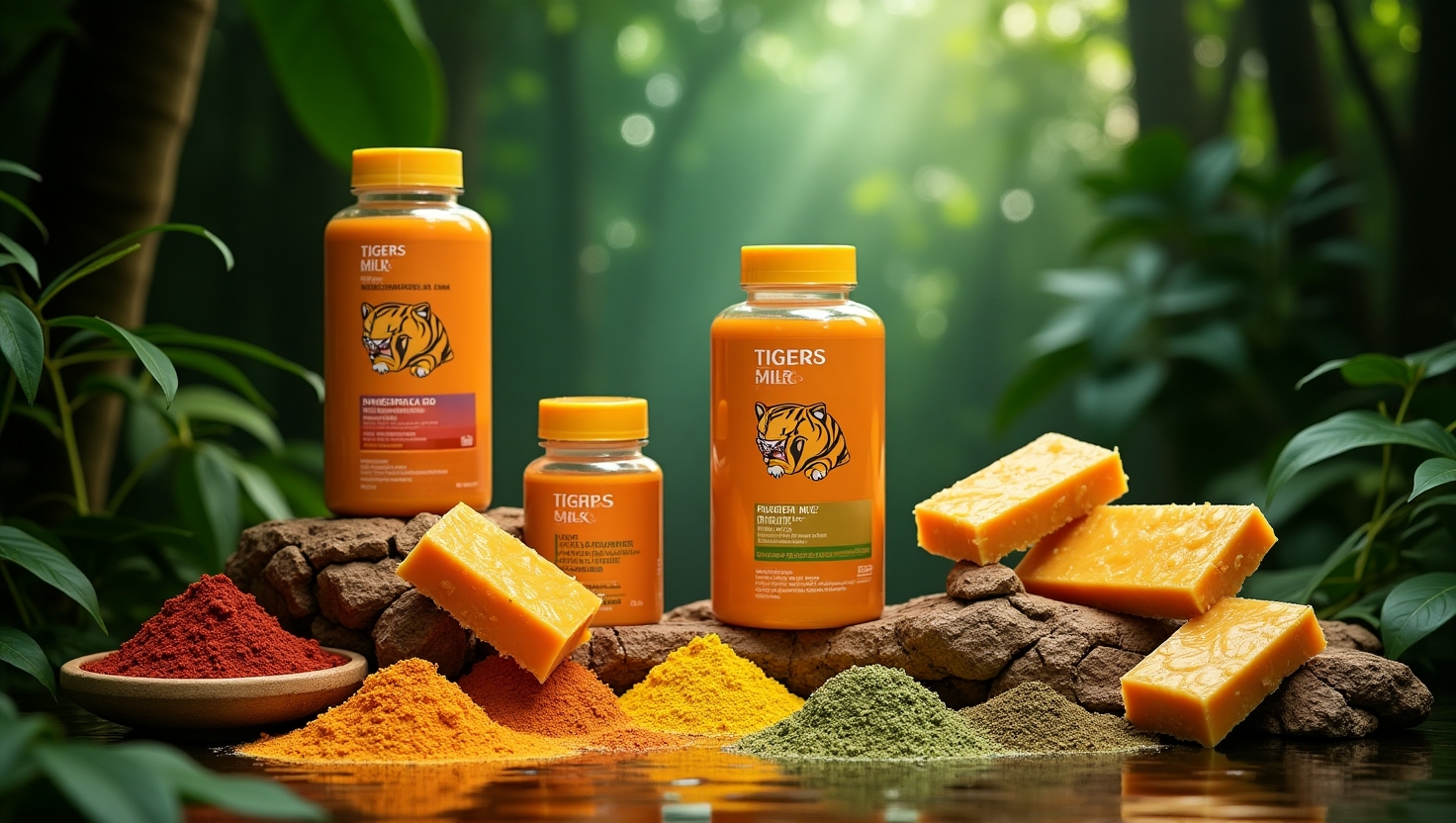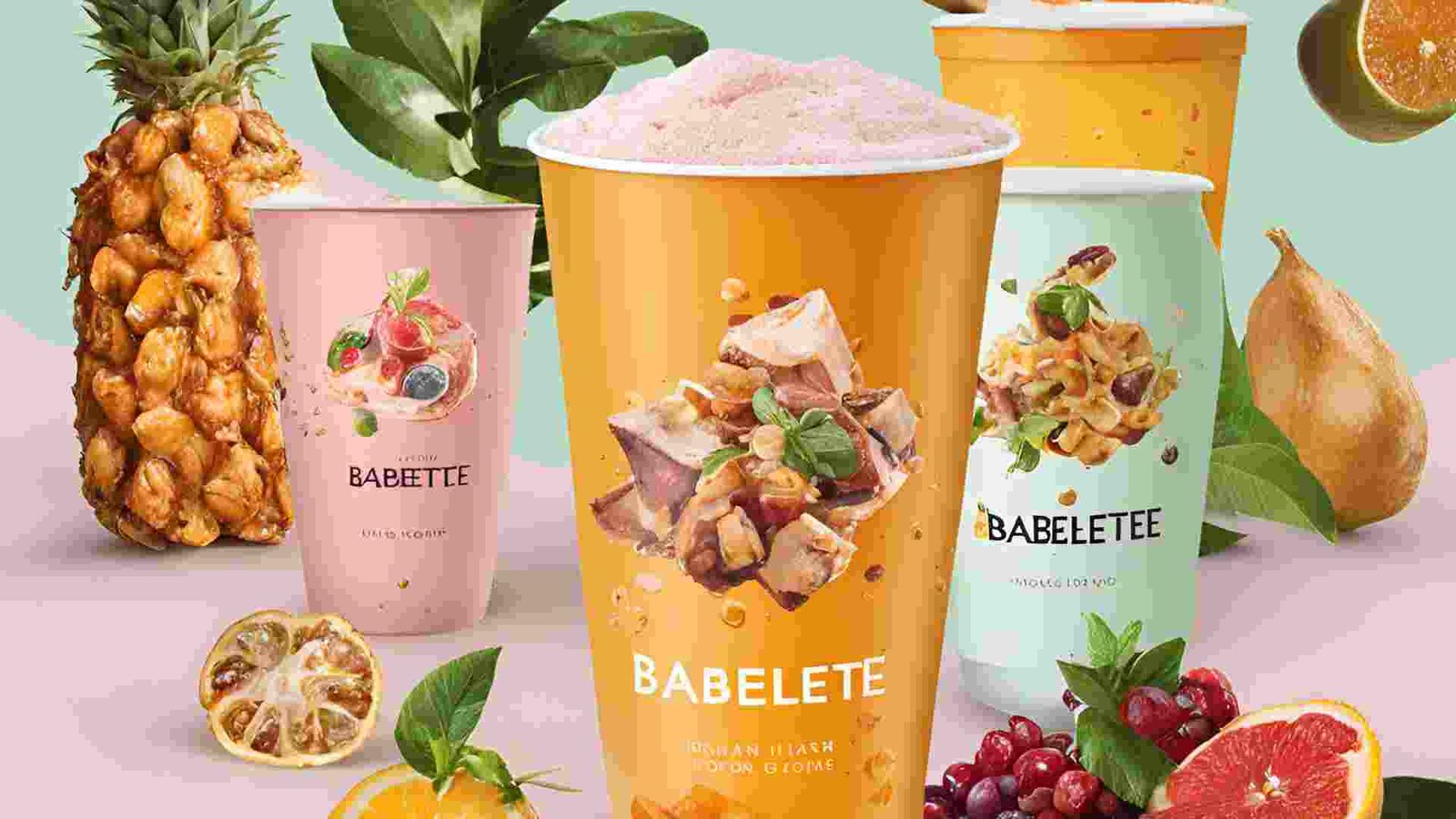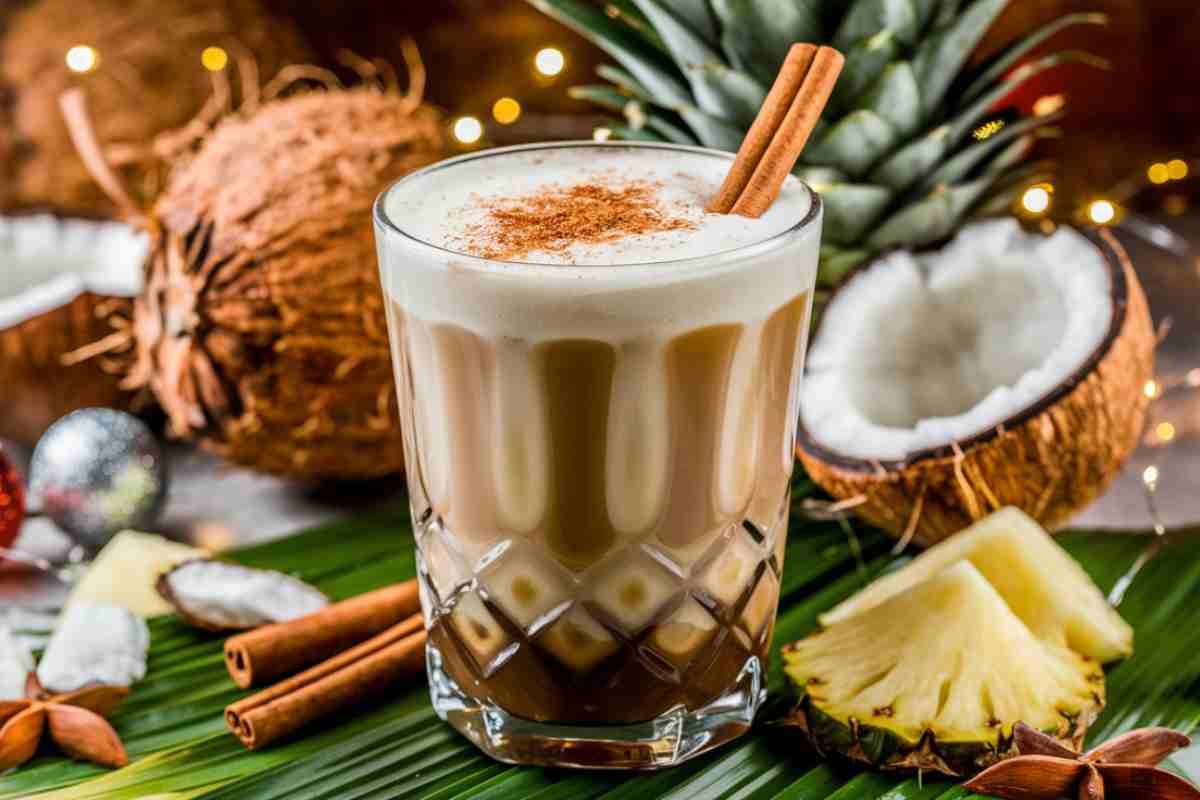Sparkling wine is a type of wine that contains bubbles of carbon dioxide, giving it a fizzy and refreshing character. It is enjoyed worldwide for its celebratory vibe and versatile taste. While many associate it with special occasions, sparkling wine can also be a fantastic choice for casual gatherings or a quiet evening at home.
This article dives into the fascinating world of sparkling wine, exploring its history, production methods, and various types to give you a complete understanding of this celebrated beverage.
History of Sparkling Wine
The history of sparkling wine dates back to the 17th century. Its roots are deeply tied to the Champagne region of France. Although Dom Pérignon, a French monk, is often credited with refining the production process, sparkling wine was likely discovered by accident when fermentation continued in the bottle, creating bubbles.
Over time, the art of sparkling wine production spread across Europe and beyond. Italy embraced it with Prosecco, Spain mastered it with Cava, and other regions introduced unique techniques and grape varieties. These developments enriched the diversity and global appeal of sparkling wine. Over time, the techniques spread to Italy, Spain, and the New World, leading to a wide variety of sparkling wines.
How Sparkling Wine is Made
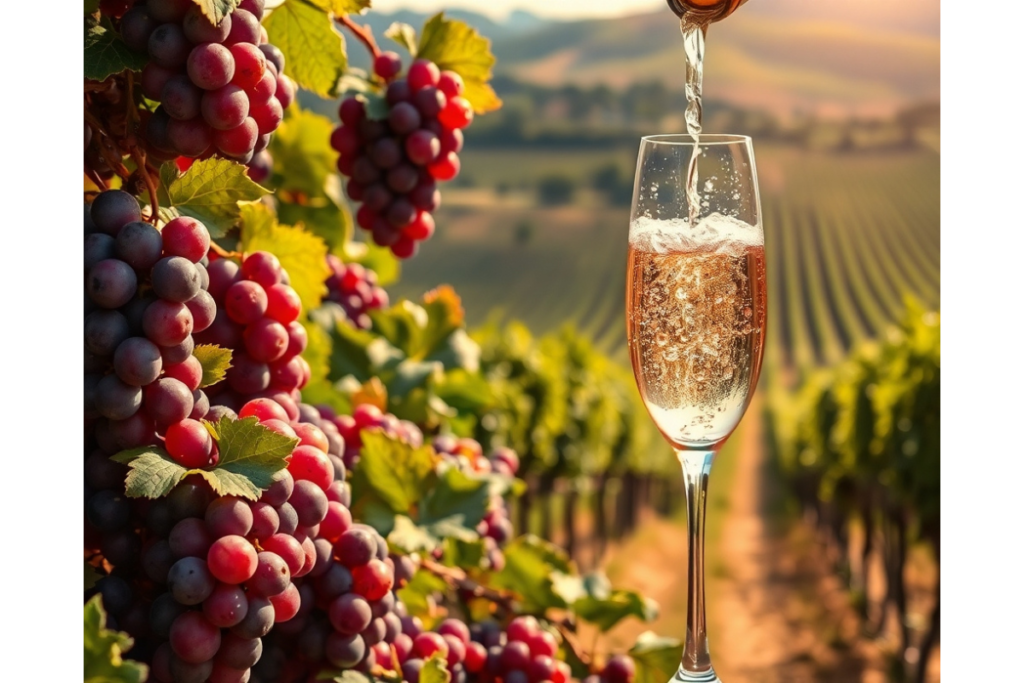
The production of sparkling wine involves a second fermentation process, which creates its characteristic bubbles. There are three primary methods used:
- Traditional Method (Champagne Method): Fermentation takes place in the bottle, resulting in fine bubbles and complex flavors. This method is used for premium sparkling wines like Champagne and Cava. It is labor-intensive and adds to the wine’s cost, but the result is a high-quality product with depth and elegance.
- Tank Method (Charmat Method): Fermentation occurs in large tanks, which preserves the fresh, fruity flavors. This method is popular for wines like Prosecco. It’s faster and more cost-effective, making it ideal for producing affordable sparkling wines with vibrant, fresh profiles.
- Carbonation: Carbon dioxide is added directly to the wine. This method is typically used for inexpensive sparkling wines. While it’s the quickest and least expensive, it often results in less refined flavors and coarser bubbles.
Each method significantly impacts the taste, texture, and quality of the sparkling wine, offering consumers a wide range of choices to suit their preferences and budgets.
Why Sparkling Wine is Famous?
Sparkling wine is renowned for its association with celebrations and luxury. Its versatility, from pairing with a variety of dishes to being a standalone treat, has made it a global favorite. The wide range of flavors and styles ensures there is a sparkling wine for everyone.
Types of Sparkling Wine
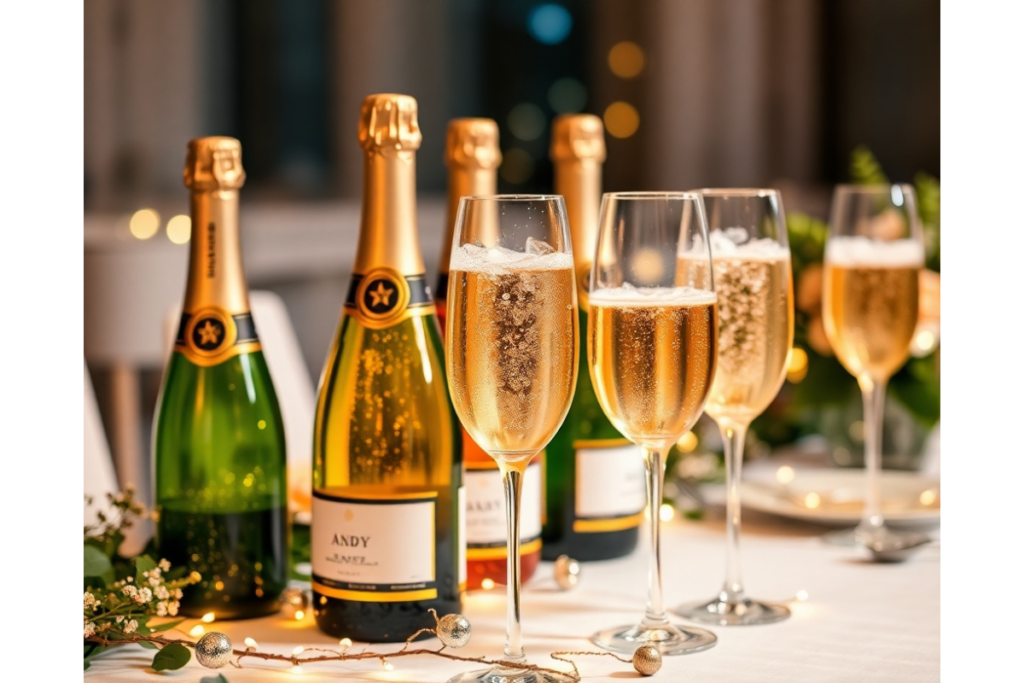
Sparkling wine comes in many varieties, each with unique characteristics. Below are some of the most popular types:
Champagne
Champagne is the most iconic type of sparkling wine, exclusively produced in the Champagne region of France. It is known for its sophisticated flavors, fine bubbles, and luxurious reputation.
Prosecco
Prosecco hails from Italy and is beloved for its light, fruity, and aromatic profile. It is made using the tank method, making it more affordable than Champagne.
Cava
Cava is Spain’s answer to sparkling wine, crafted using the traditional method. It offers a dry and crisp flavor profile, perfect for pairing with a variety of foods.
Sparkling Red Wine
Sparkling red wine, such as Lambrusco from Italy and Shiraz from Australia, combines the richness of red wine with effervescence. It’s a bold choice, perfect for those seeking something different.
Sparkling Rosé Wine
Sparkling rosé wine stands out with its vibrant pink hue and delicate flavors. It is either made by blending red and white wines or by allowing brief contact with red grape skins.
Difference Between Sparkling Wine and Champagne?

While all Champagne is sparkling wine, not all sparkling wine is Champagne. Champagne is specifically produced in the Champagne region of France using strict guidelines. Sparkling wine, on the other hand, is a broader category that includes wines from various regions and methods.
Conclusion
Sparkling wine is a delightful beverage with a rich history and diverse styles. From the elegance of Champagne to the fruity appeal of Prosecco, sparkling wine adds a touch of magic to any occasion. Whether you’re celebrating a milestone or simply enjoying life, there’s a sparkling wine to suit your taste. Cheers!
Frequently Asked Questions
Is Sparkling Wine Alcoholic?
Yes, sparkling wine contains alcohol, typically ranging from 10% to 12%, depending on the type and region of production.
Is Sparkling an Alcohol?
The term “sparkling” refers to the effervescence or bubbles in the wine, not its alcohol content. However, most sparkling wines do contain alcohol.
Is it OK to Drink Sparkling Wine?
Yes, it’s perfectly fine to enjoy sparkling wine in moderation. It’s a delightful beverage that can elevate any meal or celebration.


